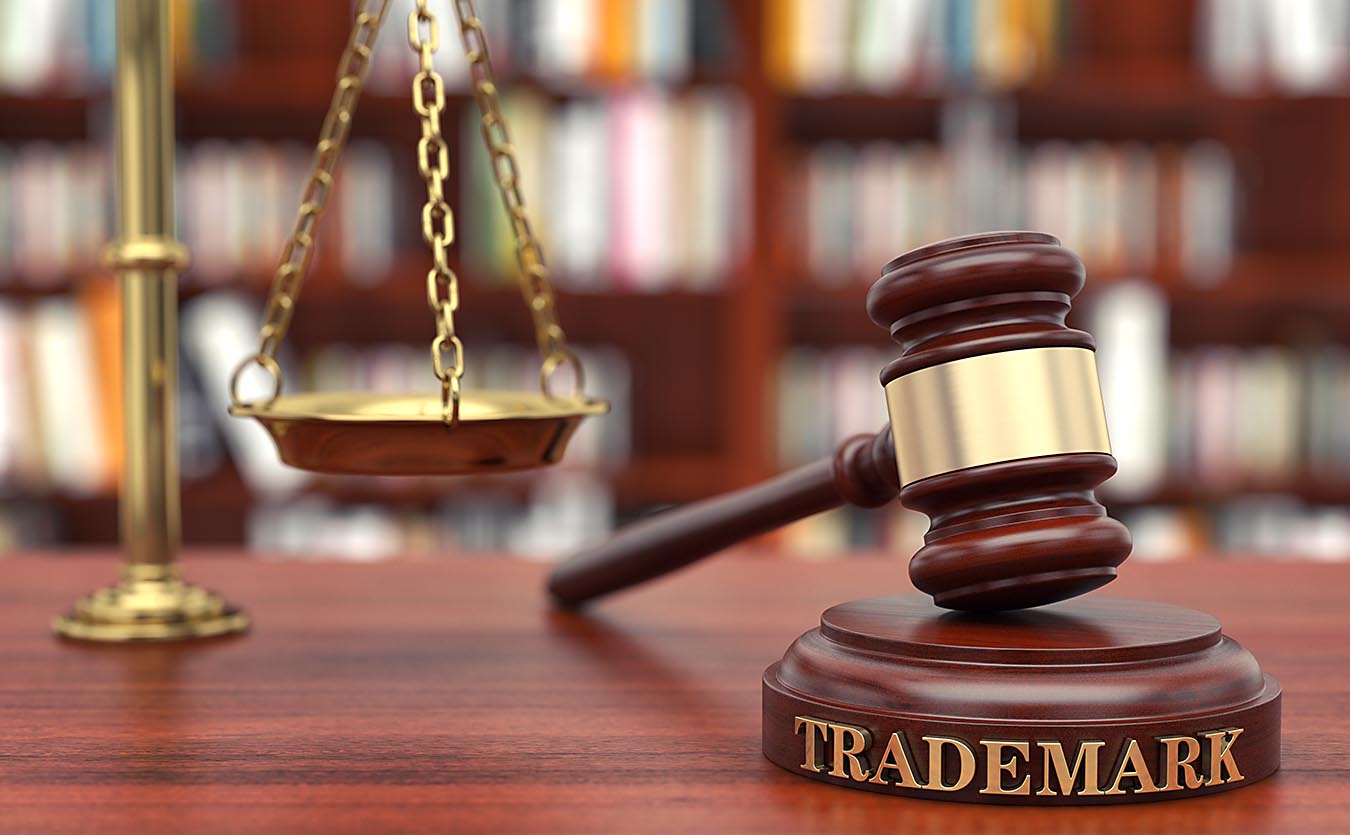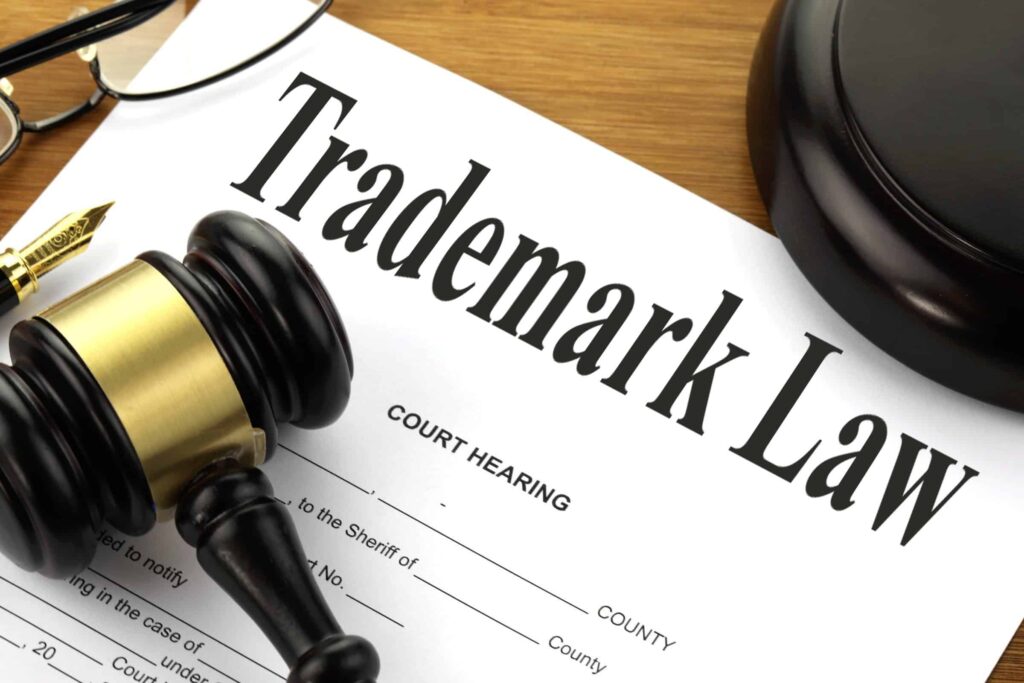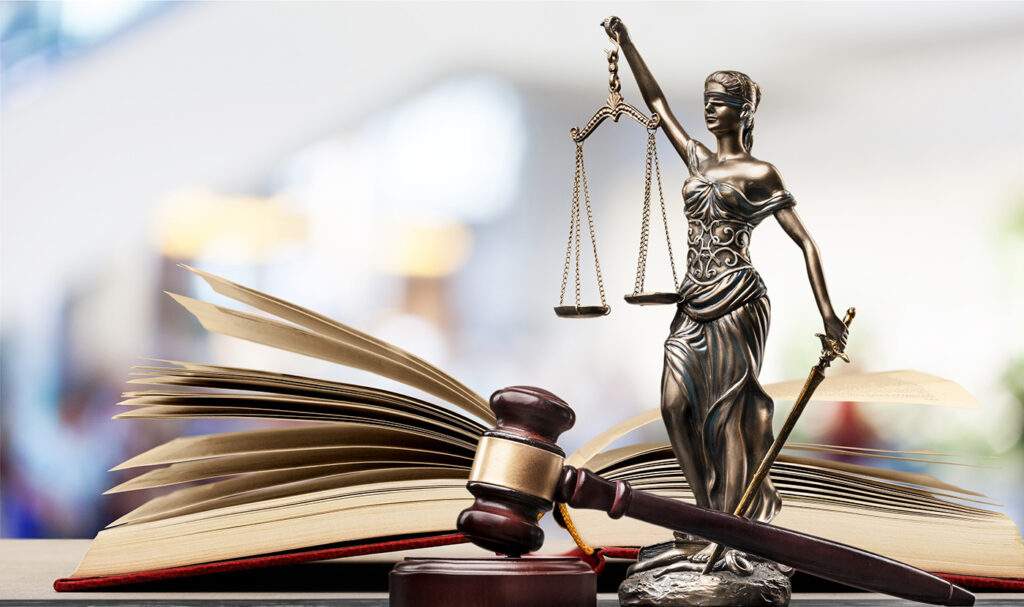
In the dynamic landscape of business, where competition is fierce and innovation is paramount, safeguarding your brand becomes a strategic necessity, especially in regions like Australia.
This article delves into the intricate realm of trademark law, shedding light on its nuances and highlighting the exemplary services provided by Actuate IP Sydney in the global market.
Table of Contents
Introduction to Trademark Law
Trademark law serves as the bedrock for businesses aiming to establish a distinctive identity. In a global marketplace, trademarks play a pivotal role in differentiating one’s goods and services. As businesses strive for recognition and market share, understanding the importance of trademark law becomes crucial.
In essence, trademarks are the visual, audible, or conceptual symbols that uniquely identify and distinguish products or services in the market. These symbols, ranging from logos to sounds, act as a badge of origin, signifying the source and quality of the goods or services. The legal protection afforded by trademark registration empowers businesses to safeguard their brand image, preventing unauthorized use and imitation.
Definition and Purpose of Trademarks

Source: shiftlaw.ca
A trademark is more than just a logo; it’s a symbol of trust and quality. This section explores the definition of trademarks and their overarching purpose in fostering consumer trust and brand loyalty.
The primary purpose of a trademark is to prevent consumer confusion. When consumers see a trademark, they associate it with a particular level of quality and expect consistency in the products or services offered under that mark. This trust is a valuable asset for businesses, contributing to customer loyalty and market reputation.
Types of Trademarks
From words and logos to distinctive sounds, trademarks come in various forms. Uncover the different types of trademarks and how each contributes to brand identity.
Trademarks encompass a rich diversity of forms, including:
- Word Marks: Logos or brand names in a textual format.
- Design Marks: Logos or graphical symbols representing the brand.
- Sound Marks: Distinctive sounds associated with a product or service.
- Color Marks: Specific colors linked to a brand.
Understanding these variations allows businesses to strategically choose and protect elements that resonate most with their target audience.
Trademark Registration Process

Source: entertainmentlawyermiami.com
Steps Involved
Trademark registration involves a series of steps, each integral to securing legal protection. Walk through the registration process and gain insights into the documentation required.
The journey towards trademark registration typically involves:
- Preliminary Search: Identifying existing trademarks to ensure uniqueness.
- Application Filing: Submitting a comprehensive application to the relevant authorities.
- Examination: Evaluation of the application by the trademark office.
- Publication: Notification of the application for potential opposition.
- Registration: Final approval and inclusion in the trademark registry.
Each step demands attention to detail and compliance with legal requirements. A well-executed registration ensures exclusive rights to use the trademark in connection with the specified goods or services.
Benefits of Registration
Why go through the hassle of registration? This section elucidates the benefits, from exclusive rights to legal recourse in case of infringement.
Trademark registration offers a spectrum of advantages:
- Exclusive Rights: The registrant gains exclusive rights to use the mark in connection with specified goods or services.
- Legal Recourse: A registered trademark provides a legal basis for taking action against unauthorized use or infringement.
- Market Recognition: Registered trademarks often enjoy heightened market recognition, boosting brand value and consumer trust.
The investment in registration pays off in long-term brand protection and market competitiveness.
A Leading Name in Trademark Services

Source: fortunemanning.co.nz
Introduction to Actuate IP
Distinguishing itself through its commitment to delivering tailored solutions for businesses seeking trademark protection, this team of experienced professionals understands the intricacies of trademark law and works collaboratively with clients to devise effective strategies.
Services Offered
They offers a spectrum of services, from trademark registration to enforcement. Discover how they cater to the diverse needs of businesses.
The services offered include:
- Trademark Search and Clearance: Thorough searches to assess the availability of trademarks.
- Registration Assistance: Guidance and support throughout the registration process.
- Enforcement and Litigation: Legal representation in cases of infringement or disputes.
Their comprehensive approach ensures that clients receive end-to-end support in safeguarding their intellectual property.
Common Issues in Trademark Law

Source: singhania.in
Infringement and Enforcement
Trademark infringement can pose a significant threat. Navigate the complexities of enforcement and the legal avenues available for protection.
Trademark infringement occurs when a third party uses a similar or identical mark in connection with similar goods or services, leading to consumer confusion. Enforcement involves taking legal action to stop unauthorized use and seek damages if necessary.
Renewal and Maintenance
Trademark protection is not perpetual. Delve into the importance of renewal and maintenance to ensure sustained legal coverage.
Renewing a trademark is essential for maintaining legal protection. Neglecting renewal can result in the loss of exclusive rights, exposing the brand to potential infringement.
Significance of Legal Consultation

Source: radlawfirm.com
Role of Trademark Attorneys
Legal consultation is paramount in navigating the intricacies of trademark law. Uncover the role of trademark attorneys and how their expertise can safeguard your business.
Trademark attorneys play a crucial role in the trademark process:
- Strategic Advice: Providing guidance on trademark selection and registration strategies.
- Prosecution: Managing the application process and responding to office actions.
- Enforcement: Taking legal action against infringers or handling disputes.
Their expertise ensures that businesses make informed decisions and navigate the legal landscape effectively.
Avoiding Common Pitfalls
Learn about common pitfalls businesses face in trademark matters and how legal consultation can help avoid costly mistakes.
Common pitfalls include:
- Failure to Conduct Searches: Skipping comprehensive searches may result in trademark conflicts.
- Incorrect Classifications: Misclassifying goods or services can impact the scope of protection.
- Neglecting Renewal: Forgetting to renew can lead to the loss of valuable rights.
Legal consultation acts as a safeguard, minimizing risks and ensuring a smooth trademark journey.
Recent Developments in Trademark Law

Source: possingerlaw.com
Updates and Changes
The legal landscape is dynamic. Stay informed about recent developments in trademark law and their potential impact on your business.
Recent developments may include legislative changes, landmark court decisions, or updates in international agreements affecting trademark rights. Staying abreast of these changes ensures proactive adaptation to the evolving legal landscape.
Case Studies
Highlighting Successful Trademark Cases
Real-world examples bring clarity. Explore case studies showcasing successful outcomes in trademark disputes, emphasizing the importance of legal protection.
Case studies offer insights into:
- Effective Enforcement Strategies: Successful approaches to stopping infringement.
- Resolution Methods: Mediation or litigation outcomes.
- Strategic Use of Trademarks: Leveraging trademarks for business success.
Analyzing these cases provides valuable lessons for businesses navigating trademark challenges.
Balancing Trademark Protection and Innovation

Source: ruleoflawmonitoringmechanism.eu
Encouraging Creativity
Trademark protection should not stifle innovation. Delve into the delicate balance between protecting intellectual property and fostering creativity.
While trademarks protect brand identity, fostering creativity remains essential for innovation. Striking a balance allows businesses to build a strong brand while encouraging a culture of innovation.
Protecting Intellectual Property
Understand the tools available for businesses to protect their intellectual property without hindering the evolution of new ideas.
Apart from trademarks, businesses can utilize:
- Patents: Protecting inventions and processes.
- Copyrights: Safeguarding creative works.
- Trade Secrets: Keeping valuable information confidential.
The comprehensive protection of intellectual property involves a strategic combination of legal tools.
Conclusion
In conclusion, this article has journeyed through the intricate domain of trademark law, emphasizing its significance. Safeguarding your brand is not just a legal necessity but a strategic imperative in a competitive business landscape.







